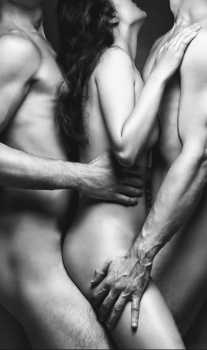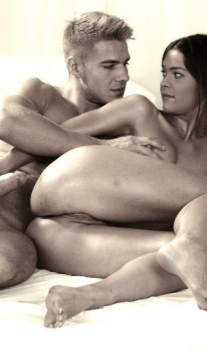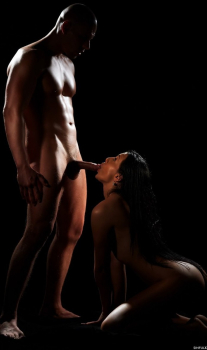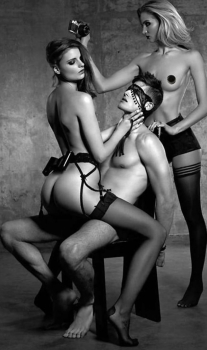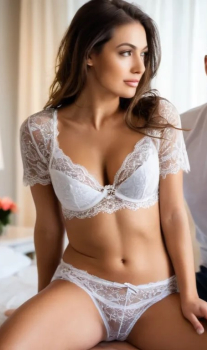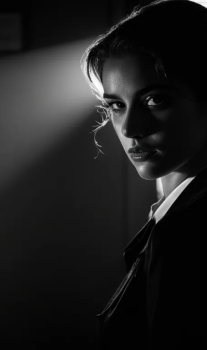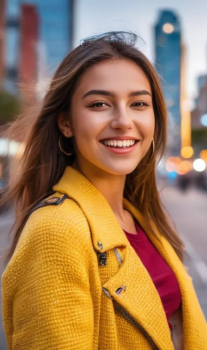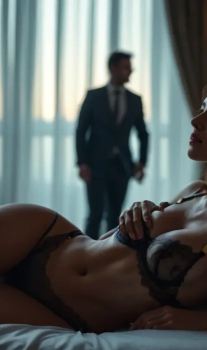- Your country
- Europa
-
- Amstetten(8)
- Bad Schallerbach(1)
- Baden(4)
- Berg(1)
- Braunau am Inn(5)
- Bregenz(3)
- Bruck an der Mur(1)
- Graz(4)
- Hartberg(1)
- Innsbruck(5)
- Kemmelbach(1)
- Kitzbühel(5)
- Klagenfurt(5)
- Krems an der Donau(1)
- Kufstein(5)
- Leibnitz(1)
- Lienz(1)
- Liezen(1)
- Linz(5)
- Oetz(1)
- Punitz(1)
- Radstadt(1)
- Salzburg(5)
- St Polten(2)
- Steiermark(1)
- Steyr(1)
- Steyregg(1)
- Traun(3)
- Vienna(30)
- Villach(5)
- Völkermarkt(1)
- Wels(5)
- Wien(1)
- Wiener Neustadt(4)
-
- Aalst(1)
- Aarschot(3)
- Affligem(1)
- Anderlecht(5)
- Antwerp(11)
- Antwerpen(1)
- Arlon(6)
- Ath(2)
- Aubange(5)
- Bastogne(2)
- Blankenberge(1)
- Bruges(6)
- Brussel(1)
- Brussels(23)
- Charleroi(5)
- Deinze(3)
- Dendermonde(1)
- Diest(2)
- Etterbeek(5)
- Geel(1)
- Genk(5)
- Gent(8)
- Geraardsbergen(1)
- Grimbergen(2)
- Hasselt(5)
- Heusden- Zolder(2)
- Ieper(1)
- Izegem(1)
- Knokke(4)
- Kortrijk(3)
- La Louviere(2)
- Leuven(5)
- Liege(4)
- Limburg(4)
- Lommel(1)
- Mortsel(1)
- Oostende(1)
- Turnhout(1)
-
- Bjelovar-Bilogora(1)
- Dubrovnik(3)
- Dubrovnik-Neretva(1)
- Grad Zagreb(1)
- Istra(1)
- Karlovac(1)
- Koprivnica-Krizhevci(1)
- Krapina-Zagorje(1)
- Lika-Senj(1)
- Medhimurje(1)
- Medimurska Zupanija(1)
- Opatija(1)
- Osijek(1)
- Osijek-Baranja(1)
- Osjecko-Baranjska Zupanija(1)
- Porec(1)
- Pozhega-Slavonija(1)
- Primorje-Gorski Kotar(1)
- Pula(2)
- Rijeka(7)
- Shibenik-Knin(1)
- Šibenik(1)
- Sisak-Moslavina(1)
- Slavonski Brod(1)
- Slavonski Brod-Posavina(1)
- Split(17)
- Split-Dalmacija(1)
- Varaždin(1)
- Varazhdin(1)
- Virovitica-Podravina(1)
- Vukovar-Srijem(1)
- Zadar(9)
- Zagreb(24)
-
- Agde(4)
- Agen(1)
- Aix les Bains(4)
- Ajaccio(3)
- Alpes-Cote dAzur(2)
- Alpes-Maritimes(1)
- Alsace(2)
- Aveyron(1)
- Bas-Rhin(1)
- Bouches-du-Rhone(1)
- Boulogne Billancourt(1)
- Bretagne(2)
- Brittany(1)
- Caen(1)
- Calvados(1)
- Cannes(13)
- Cantal(1)
- Cedex(1)
- Charente-Maritime(1)
- Cherbourg-Octeville(1)
- Cotes-d'Armor(1)
- Courchevel(6)
- Dordogne(1)
- Fontainebleau(1)
- Haute-Saone(1)
- Haute-Savoie(1)
- Hautes-Alpes(2)
- Hautes-Pyrenees(1)
- Hauts-de-Seine(1)
- Herault(1)
- Ile-de-France(1)
- Isere(1)
- Lille(2)
- Lyon(3)
- Marseille(4)
- Montpellier(3)
- Nantes(2)
- Nice(7)
- Paris(87)
- Rennes(2)
- Rhone-Alpes(1)
- Rouen(2)
- Saint Tropez(1)
- Strasbourg(1)
- Toulon(1)
- Toulouse(1)
- Troyes(1)
- Upper Normandy(1)
- Valence(1)
- Vannes(1)
- Yvelines(2)
-
- Auvergne(3)
- Baden-Wurttemberg(1)
- Bavaria(1)
- Beilstein Wurtt(1)
- Berlin(49)
- Brandenburg(1)
- Bremen(1)
- Cologne(4)
- Dreisbach(1)
- Dresden(1)
- Düsseldorf(7)
- Erfurt(1)
- Flensburg(1)
- Frankfurt(19)
- Freistaat Bayern(1)
- Hamburg(5)
- Hannover(1)
- Heroldstatt(1)
- Hessen(1)
- Ingolstadt(1)
- Kiel(1)
- Köln(1)
- Konstanz(1)
- Kortenberg(1)
- Laasdorf(1)
- Land Baden-Wurttemberg(1)
- Land Bayern(1)
- Land Brandenburg(1)
- Land Hessen(1)
- Land Mecklenburg-Vorpommern(1)
- Land Nordrhein-Westfalen(1)
- Land Rheinland-Pfalz(1)
- Land Sachsen(1)
- Land Sachsen-Anhalt(1)
- Land Thuringen(1)
- Lower Saxony(1)
- Magdeburg(1)
- Mainz(1)
- Mannheim(2)
- Mecklenburg-Vorpommern(1)
- Mulfingen(1)
- Munich(30)
- Neubeuern(1)
- Niedersachsen(1)
- Noord-Holland(1)
- Nordrhein-Westfalen(1)
- North Rhine-Westphalia(1)
- Nuremberg(5)
- Osterode(1)
- Saarbrücken(1)
- Stuttgart(3)
- Triers(1)
- Waiblingen(1)
- Wismar(1)
- Worms(1)
- Würzburg(1)
-
- Białystok(1)
- Bydgoszcz(1)
- Dobroszyce(1)
- Dolnoslaskie(1)
- Dziekanow Lesny(1)
- Gdańsk(1)
- Gorzów Wielkopolski(1)
- Hopowo(1)
- Kartuzy(1)
- Katowice(1)
- Kielce(1)
- Koscian(1)
- Krakow(9)
- Kujawsko-Pomorskie(1)
- Lodzkie(1)
- Lubelskie(1)
- Lublin(1)
- Lubuskie(1)
- Łódź(1)
- Malomice(1)
- Malopolskie(1)
- Mazowieckie(1)
- Mirkow(1)
- Olsztyn(1)
- Opole(1)
- Opolskie(1)
- Ostrowiec(1)
- Podkarpackie(1)
- Podlaskie(1)
- Polska(1)
- Pomorskie(1)
- Pruszkow(1)
- Rymanowska(1)
- Rzeszow(1)
- Slaskie(1)
- Stare Pole(1)
- Swietokrzyskie(1)
- Szczecin(1)
- Warminsko-Mazurskie(1)
- Warsaw(58)
- Wejherowo(1)
- Wielkopolskie(1)
- Wroclaw(3)
- Wrocław(1)
- Zachodnio-Pomorskie(1)
- Zielona Góra(1)
- Zukowo(1)
-
- Chelyabinsk(1)
- Dubna(4)
- Gelendzhik(1)
- Irkutsk(1)
- Kaliningrad(1)
- Kazan(4)
- Krasnodar(3)
- Krasnoyarsk(1)
- Maykop(1)
- Moscow(54)
- Nizhny Novgorod(4)
- Novosibirsk(1)
- Omsk(1)
- Penza(1)
- Rostov-on-Don(2)
- Saint Petersburg(13)
- Samara(1)
- Saratov(1)
- Serpukhov(2)
- Sevastopol(3)
- Sochi(5)
- Stavropol(1)
- Surgut(1)
- Tyumen(2)
- Ufa(3)
- Vladivostok(3)
- Yekaterinburg(11)
-
- A Coruna(1)
- Alicante(13)
- Barcelona(139)
- Benalmadena(1)
- Benidorm(7)
- Castellón de la Plana(1)
- Denia(1)
- Estepona(1)
- Fuengirola(4)
- Ibiza(53)
- Jerez de la Frontera(1)
- Lanzarote(1)
- Las Palmas(1)
- Las Palmas de Gran Canaria(5)
- Madrid(80)
- Malaga(10)
- Marbella(54)
- Murcia(1)
- Oviedo(1)
- Palma de Mallorca(55)
- Puerto Banus(3)
- Seville(1)
- Tarragona(1)
- Tenerife(10)
- Torrevieja(6)
- Valencia(10)
- Vigo(1)
- Zaragoza(1)
- Worldwide
-
-
- Arad (1)
- Ashdod(7)
- Ashkelon(1)
- Bat Yam(13)
- Beer Sheva(2)
- Beersheba(2)
- Beit Hanania(2)
- Bet Shemesh(2)
- Dimona(2)
- Eilat(1)
- Gedera(2)
- Hadarom(2)
- Hadera(2)
- Haifa(3)
- Haifa(1)
- Haifa District(1)
- Herzliya(22)
- Holon(2)
- Jaffa(8)
- Jerusalem(7)
- Karmiel(2)
- Kfar Sava(2)
- Kiryat Gat(2)
- Kiryat Malakhi(3)
- Kiryat Shmona(2)
- Kiryat Yam(2)
- Lod(2)
- Lower Galilee(1)
- Nahariya(2)
- Netanya(4)
- Ofaqim(2)
- Petach Tikva(3)
- Raanana(2)
- Ramat Gan(1)
- Ramla(2)
- Ramle(2)
- Rehovot(2)
- Rishon LeZion(8)
- Rosh Haayin(2)
- Savyon(6)
- Sderot(2)
- Tel Aviv(102)
- Tiberias(1)
- Tsafon(2)
Which photos attract more escort clients
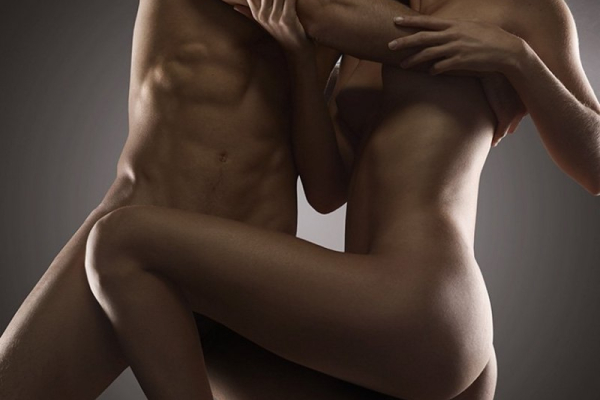
Photos – is your vitrina
Photo is first-look. No talk, just see. Not only show body. It show — who you are: easy girl or not so easy, posed model or real life girl, cold head or mistery soul.
Good photo = like wine bottle with name. Not only “inside is red”, but “you feel nice when drink”. If man see profile, and stay, and write you, and want you — mean you do this moment good.
Below is how to do photo good. How delete bads. How make vitrina that working.
1. Face photo — eyes and smile, not side head
Maybe you very pretty. But if head go side, or big light behind, or stupid pink filter — all go bad.
Portrait = eyes to eyes. No big makeup. No fake. No "super eyebrow". Just clean light. Just real girl.
How to do:
-
day light (by window)
-
no makeup or just lips little
-
camera little down, not up
-
soft smile, like “I know you see me”
Can show little thing — dress down, one curl — but face must stay real. Man must feel — he write real girl, not ghost.
2. Body not naked — but sexy
Silhouette is not show all. Is show want to see more. It’s like game. Not porno.
Make soft light. Maybe curtain, maybe lamp. Not need body all. Just one side, one moment. You sit, jacket fall little. No face, only idea. He see line — not boobs.
3. Emotion photo — not model, but human
Studio is cold. Yes, pretty, but cold. People want feel.
Make photo with life: you with book, you laugh (but not to camera), you drink coffee, you cook. Maybe black&white. Main thing — is not Instagram. Is life.
This photo say: “With me you no need play. You can relax.”
4. Two style — no more
You want show sexy? Make one: dress, high heel, maybe airport or club.
You want show soft? Make one: coat, warm sweater, glasses.
No more than two! If you do 4 look — is like store. One = strong. Two = interesting. Three = confusing.
5. Close photo — small thing, big feel
Photo of lips, hair, hands, ear. One necklace, one lipstick. Just small part.
If you see it and feel “I want touch” — is good photo. Is not sexy. Is tactile. People want touch what they trust.
6. Naked photo — if you want, but not much
Rich men no want big nude. Not serious. Good girl show hint, not all.
If you do 1–2 hot photo — not in profile! Put in Telegram, or private story. Is like secret. Not see — but feel it’s there.
Better one secret photo than 10 public naked.
7. Place and room — clean, not busy
Photo must be clean. If room is mess — delete.
Light must be soft. Wall must be light. Background not too much. No bed, no toilet. Minimal = rich feel.
When all clean, man feel: “She is like design. No garbage.”
8. Video — short, soft, alive
Make 7–10 sec. You turn head, you say something slow. Not sexy, but warm.
Light wind, step sound, breath. No need talk much. Just alive moment.
No need be movie star. Just girl. Real one.
9. Color and light = your mood
Cold color = luxury. Warm color = cozy.
Ask self: “What I sell?” Expensive? Use grey, white, clean. Warm? Use yellow, soft.
No big contrast. Is for cheap girls.
10. Same style — is your brand
Your profile = movie. Every photo must be same vibe. Like one person.
Best if have:
-
face
-
body part
-
one look
-
one emotion
-
one detail
-
one video
All must say one word: YOU
Why man stay?
-
Face = trust
-
Silhouette = want
-
Emotion = warm
-
Look = style
-
Detail = touch
-
Video = real
-
Color = feel
-
Clean = price
This not just profile. This is your world.
Before post — check:
-
You have face?
-
You have body or shape?
-
You have feel?
-
You have small detail?
-
Color same?
-
Style same?
-
You have video?
-
You have 2 looks (not 5)?
If no — make more. If yes — post it.
Finish word:
Photo is not body for sell. Photo is your voice. When you pick photo — you make not product, you make dream.
If dream is strong — man come not for body, but for you.

